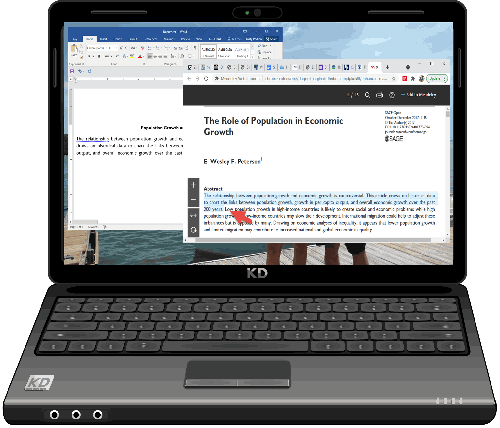 What is plagiarism? Plagiarism is taking the work of someone else and passing it off as your own. It can happen when you copy something and paste it into your assignment, or don’t carefully paraphrase someone else’s ideas that you want to use. It can be when you include someone’s photograph or image in your paper without giving credit to whoever made it. Plagiarism can also happen when someone takes an assignment or work done for another class and turns it in for another, known as self-plagiarism.
What is plagiarism? Plagiarism is taking the work of someone else and passing it off as your own. It can happen when you copy something and paste it into your assignment, or don’t carefully paraphrase someone else’s ideas that you want to use. It can be when you include someone’s photograph or image in your paper without giving credit to whoever made it. Plagiarism can also happen when someone takes an assignment or work done for another class and turns it in for another, known as self-plagiarism.
I’ll quit with the copying and pasting, so does that help? Partly, but plagiarism is a little more complicated! It can also happen when you don’t adequately paraphrase someone’s work, like having what you use be worded too similarly to its original source.
Plagiarism can also happen if you give an incomplete citation or don’t cite the work you use in an assignment. These are not the same as copying and pasting, but the problem is the person who made the work doesn’t get credit. When you don’t properly cite a work, it implies the work and ideas you used were actually your own. 
What is so bad about plagiarism? A person’s work is usually their property, just like the things they buy or own. When you take the work of someone else and don’t give them credit, it is like taking something without asking.
Another reason plagiarism isn’t good is because it is unethical. What if you spent hours working on an assignment while your classmate only copied it and got the same grade as you? Is that fair?
How can I avoid or minimize plagiarism?
- Always cite your sources. Your professor will tell you which citation style to use, such as APA, MLA, or Chicago-Turabian, so be sure to follow its rules!
- Check your paraphrase or summary. Compare what you wrote with the original work and see if it’s similar or if it’s written in your own words.
- Do not cut and paste unless: (a.) you cite your source, (b.) follow your citation style’s rules for direct quotes, and (c.) what you use supports your point or argument.
- Give yourself enough time. Plagiarism often happens when someone is rushed. Assignments take time, so plan yours accordingly!
More Information:
- Plagiarism Basics: https://libguides.fau.edu/plagiarism
- Citations LibGuide: https://libguides.fau.edu/citations-boca
Image sources:
- Man Writing by StockSnap, https://pixabay.com/photos/man-writing-laptop-computer-write-2562325/. Permission for limited commercial and non-commercial uses.
- Copy and Paste by K. Padrón.
 FLORIDA ATLANTIC UNIVERSITY
FLORIDA ATLANTIC UNIVERSITY
